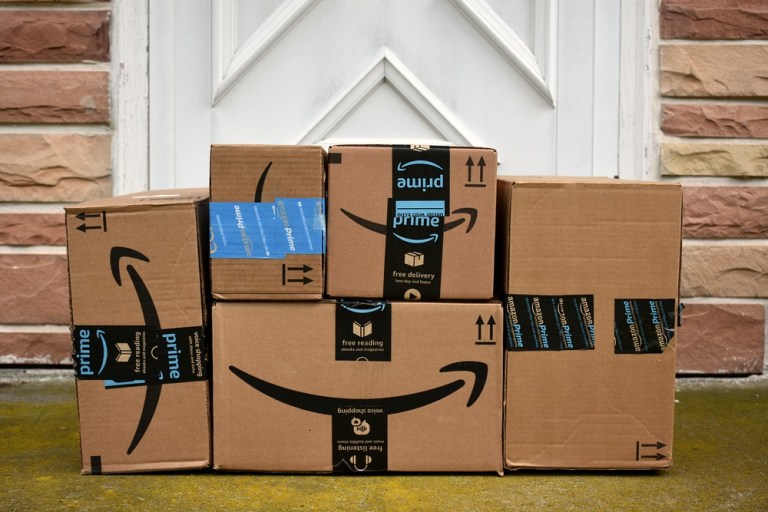Amazon Prime’s Direct Shipping Model To Cover Last Mile?

And now, the last mile gets a bit more crowded.
News comes that, as reported in This Just In, Amazon’s shipping and logistics service is operational, at least in part.
The service had been noted last year as a way for the eCommerce giant to compete with logistics companies like FedEx and UPS, with an eye toward moving tangible goods from sellers to Amazon-owned fulfillment centers. The service, said reports back then, would feature shipping prices cheaper than those seen with traditional logistics providers.
Reports now say Amazon Shipping is in fact a seller-to-customer service, moving beyond the fulfillment center.
In terms of mechanics, invited sellers can print labels from Amazon. The eCommerce firm will pick up packages from sellers’ warehouses each weekday, but deliveries to customers will span the entire seven-day week.
Ground shipments will arrive at their destinations within five calendar days, and as is germane to Prime, Amazon Shipping will fulfill those shipments to customers who live within a two-day shipping radius (via ground shipping) from seller warehouses.
The shipping service is operational for sellers that have warehouses in the greater Los Angeles, New York/New Jersey and Chicago areas.
The move, we contend, further crystallizes a strategy that uses Amazon’s scale to offer rates cheaper than those of other firms. As CNBC reported last year, when the shipments were focused on fulfillment centers, Amazon’s rates were as much as 50 percent cheaper than those offered by the likes of UPS.
That initial pilot program reportedly centered on the Los Angeles area – and now, at least according to the most recent headlines, the effort seems to have expanded, not just in terms of geographic reach but also scope (i.e., delivering directly to customers).
Shipping costs were $11.5 billion in 2015, and that tally was $27.7 billion in 2018.
In the past, FedEx has seemed a bit, well, dismissive of the eCommerce giant’s efforts to have a soup-to-nuts infrastructure and logistics operation.
“While there has been significant media interest in what Amazon is doing to expand their in-source delivery capability, this should not be confused as competition with FedEx,” FedEx said via a statement earlier this year. FedEx also said Amazon represented less than 1.3 percent of total revenues last year. “The global infrastructure, the technology, the capabilities and the knowledge needed to compete in our business is quite extraordinary, and we have built that up over 40-plus years.”
Ah, but now, with bringing delivery directly to customers, Amazon plants a flag more firmly along the last mile, where those deliveries have been traditionally handed to USPS and others. The company also boosted its Amazon Air efforts to target a 50-plane fleet and new regional hubs, and CNBC has cited reports from Wolfe Research estimating the company handles shipping for a bit more than a quarter of online orders.
The effort has been in the works for years – and Amazon, as we know, is not content to sit on its laurels. From selling books to selling … everything, from online commerce to contactless commerce through Amazon Go.
It’s not too far-fetched to think that delivery for Amazon sellers across the last mile becomes delivery for all sorts of firms – which should have FedEx and others re-examining their certainty that Amazon is now gearing up to compete much more fully.